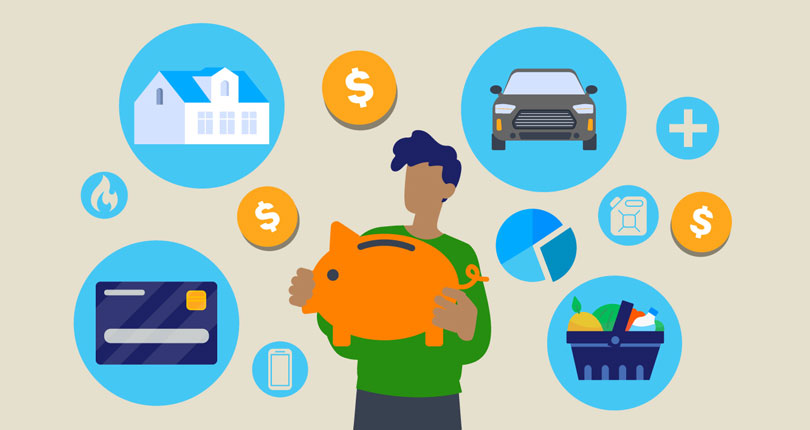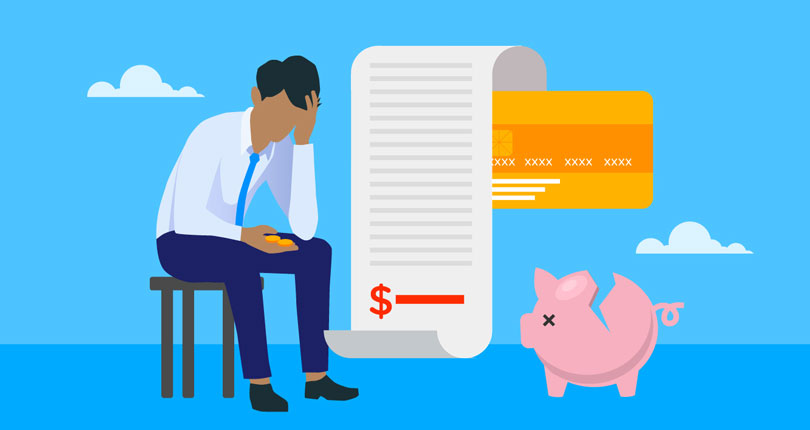iPhone Price Index [iPhone 14]

Key Statistics
- The price of the iPhone 14 is 72% higher ($426) on average around the world than the first iPhone models
- In the U.S., the cost of iPhones has risen over 60% since launch in 2007, slightly outstripping local purchasing power (58.5%) meaning an iPhone now costs $7.89 more when accounting for inflation
- Around the world, flagship iPhones have risen an average of 7.04% per year in price from 2007 to 2022, compared to purchasing power which has risen 4.35% per year
- When adjusted for inflation, that means an iPhone costs $29 more today than when it was originally launched for all people around the world
- Residents in the UAE have seen iPhone prices rise the fastest of all countries compared to local inflation, with prices rising 60% faster than inflation
- Residents of Ireland have seen prices fall by 48% when adjusted for inflation, because of local inflation rates rising faster than iPhone price increases
- The iPhone 14 is most expensive for people in India, who have to spend 12.05% of their yearly purchasing power to own one. In comparison, people in the US need to spend just 1.05% (the 4th lowest around the world)
Since its U.S. launch in 2007 and subsequent years in other countries, iPhone prices have increased by 72% across the globe. This means that in 2022, the latest flagship iPhone model costs $426 more to buy in each of the 38 countries it's available in than it used to.
However, many countries have experienced inflation and growth in purchasing power in the years between, and our research shows that iPhone prices have risen 10% higher than local inflation rates. This means that local affordability for a flagship iPhone costs people around the world $29 more when adjusted for inflation than the first models they could purchase.
To track these changes, the iPhone Price Index was created to show the launch price of each flagship iPhone model across the world and how much the phones cost locally as a percentage of GDP (PPP) per capita. By going back to the first iPhone, the location in the world each flagship phone has been most expensive was mapped, both through each year since launch and collectively.
The data shows the change in the price of an iPhone over time and just how much more expensive the iPhone has become in comparison to the rise in the cost of living on a local scale.
Use the interactive map below to find out how iPhone costs have changed country-to-country over the years. Note where in the world Apple prices have risen most from the viewpoint of the people who live there, and conversely, where the rising price of flagship iPhones haven’t been felt as harshly.
A few notes about the data model:
- The advertised price of a new iPhone 14 in each country that it’s available was collected
- This price was then compared to the 2022 launch price of the latest iPhone model (iPhone 14) to benchmark the difference. This data shows just how much more expensive the iPhone has become.
- The exchange rate from global currencies to USD was taken from the release date of the iPhone 14 (September 2022).
Further information on our data
- GDP (PPP), as described by Investopedia, is "an economic theory that compares different countries' currencies through a "basket of goods" approach. According to this concept, two currencies are in equilibrium (at par) when a basket of goods is priced the same in both countries, taking into account the exchange rates."
- The launch price for each iPhone model and year was taken from the local Apple store using a live page or the Wayback Machine.
- The price of each iPhone per year was then multiplied by the exchange rate to USD ($) for the average rate in that calendar year using exchange-rates.org.
- GDP (PPP) data was taken from the International Monetary Fund (2007 - 2022).





